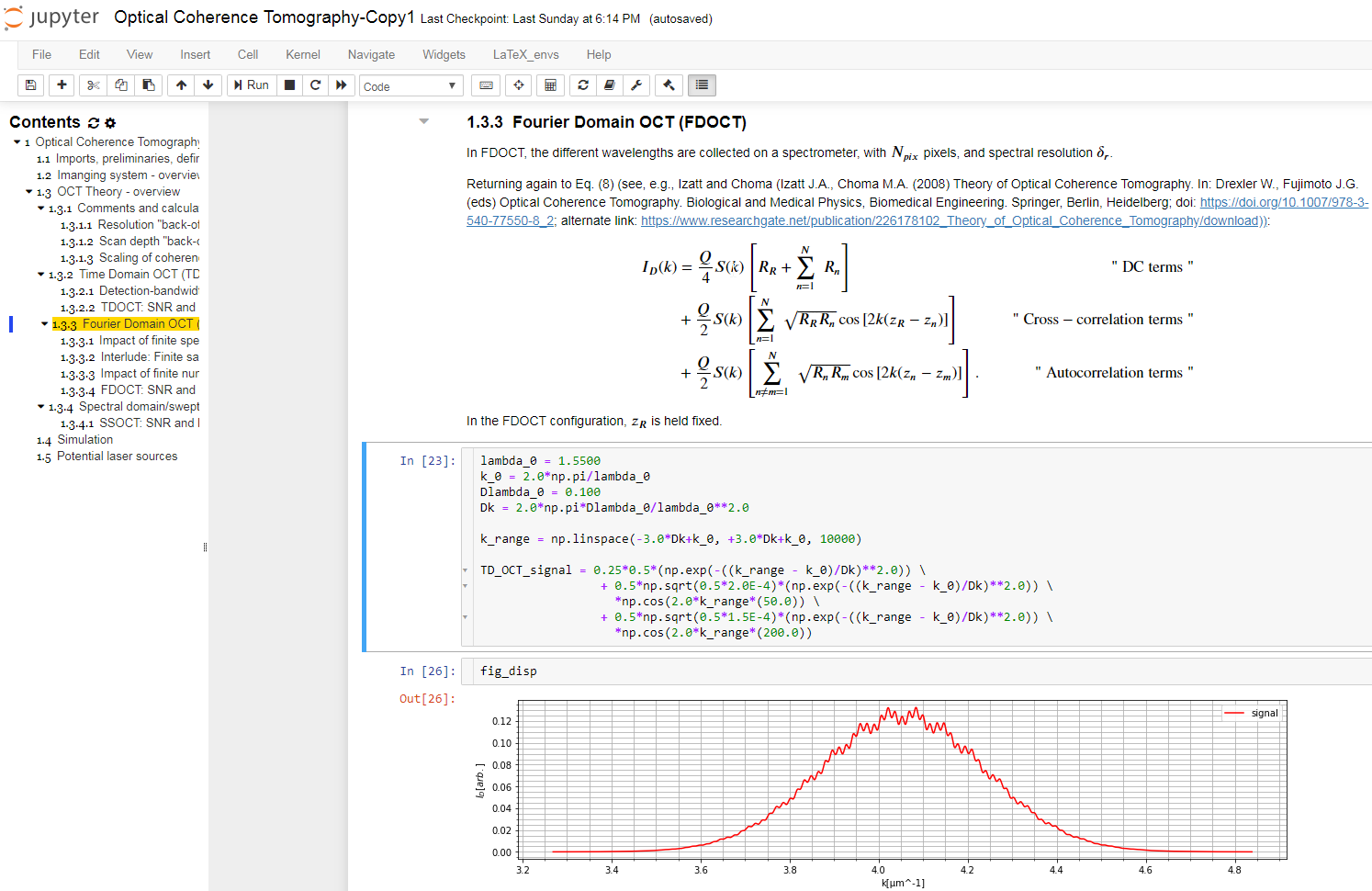When adding comments or suggesting questions, you can take advantage of Markdown syntax to add links, emphasis, and headers. Additionally, you can add mathematical equations via MathJax, which will convert LaTeX syntax into nicely typeset equations. We closely follow the official Markdown syntax, so that's the best place to look for a thorough explanation of how the system works. We provide a brief overview of the most common uses here.
Links can be produced using a [link title](http://and-link-address.com) or by surrounding a link with < and >, like <http://www.example.com>. There are a number of shortcuts to make your life easier if you keep repeating the same link (see the docs), but these will cover 90% of the use cases.
Asterisks (*) and underscores (_) will both _italicize_ text, and two asterisks will make the text **bold**. Back-ticks denote `fixed-width text`. If you want small text, you can wrap it in a literal <small>html tag</small>. Special characters (`*_{}#+-.!) can be escaped using a backslash, like *, if they would otherwise be converted into a markdown element.

Furthermore we’ll explore the basic functionality of Jupyter Notebook and you’ll be able to try out first. Explanatory text (written in markdown syntax). In this step-by-step Python tutorial, you learn how to get started with The Jupyter Notebook, an open source web application that you can use to create and share documents that contain live code. Jupyter notebook markdown generator. Ipynb files are Jupyter notebook files that convert a TSV containing structured data about talks (talks.tsv). Learn how to install, run and use R with Jupyter Notebook and RStudio's R Notebook, including tips and alternatives.
We supplement Markdown with MathJax equation processing. Mathematical formatting works by placing your equation between ( and ) (for inline equations) or [ and ] (for displayed equations). More complicated equations can be put in an align environment, like so
producing
Headers are easiest to add using hash marks, for example

Please use headers in comments sparingly!

Big chunks of code can be indented by four spaces to make the text fixed-width and preserve whitespace, or it can be wrapped in three back-ticks. For example:
and
have the same output.
If you want to quote someone, precede each line with a >:
which would produce:
This is a blockquote with two paragraphs. Lorem ipsum dolor sit amet, consectetuer adipiscing elit. Aliquam hendrerit mi posuere lectus. Vestibulum enim wisi, viverra nec, fringilla in, laoreet vitae, risus.
Jupyter Lab Markdown
Donec sit amet nisl. Aliquam semper ipsum sit amet velit. Suspendisse id sem consectetuer libero luctus adipiscing.
Markdown can handle both ordered and unordered lists. For example,
produces:
Markdown Code Block
- First item
Second item
Another paragraph in the second item.
- Sublist item 1. Note that it's indented 4 spaces.
- Sublist item 2.
Third item.
Unordered lists behave similarly, but use asterisks or pluses or hyphens to denote new items.
Jupyter Notebook Markdown Syntax
The official Markdown specification lets users input raw html, but we limit users to the elements described above. For example, if you try to input an image using  the output will look like <img alt='Alt text' src='/path/to/img.jpg'/>, and something like <script>doSomethingEvil()</script> certainly won't work. We also employ a few markdown extensions that handle fenced code blocks (described above) and make lists and bolded text a little easier to manage.
